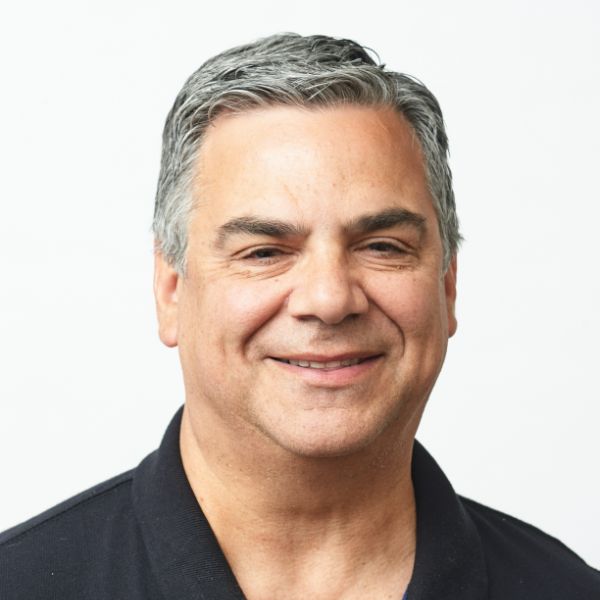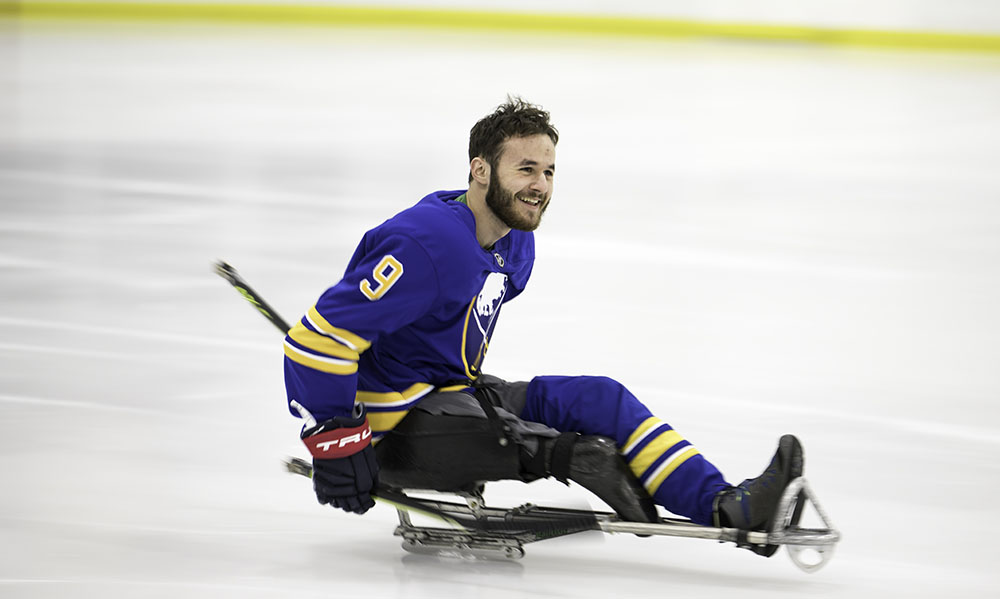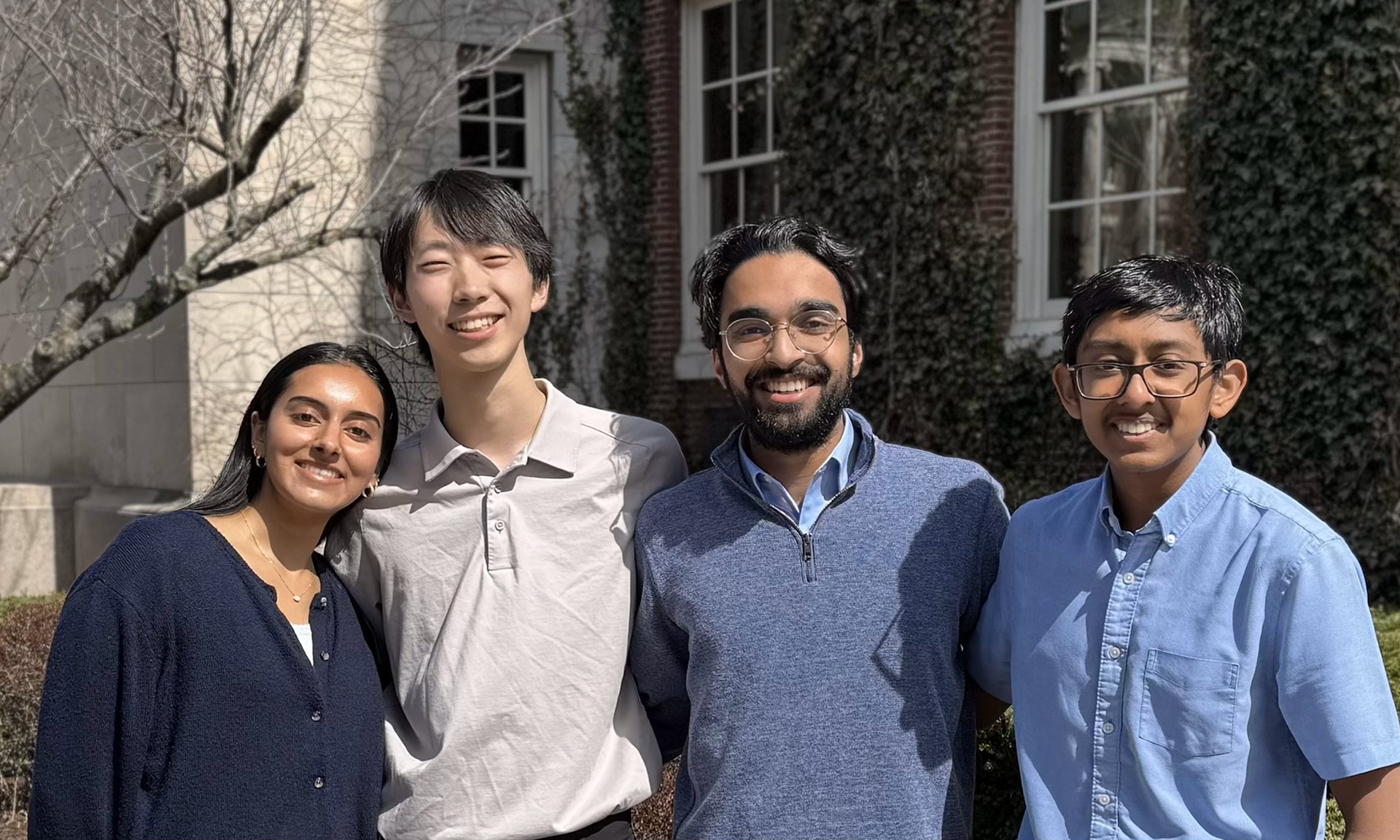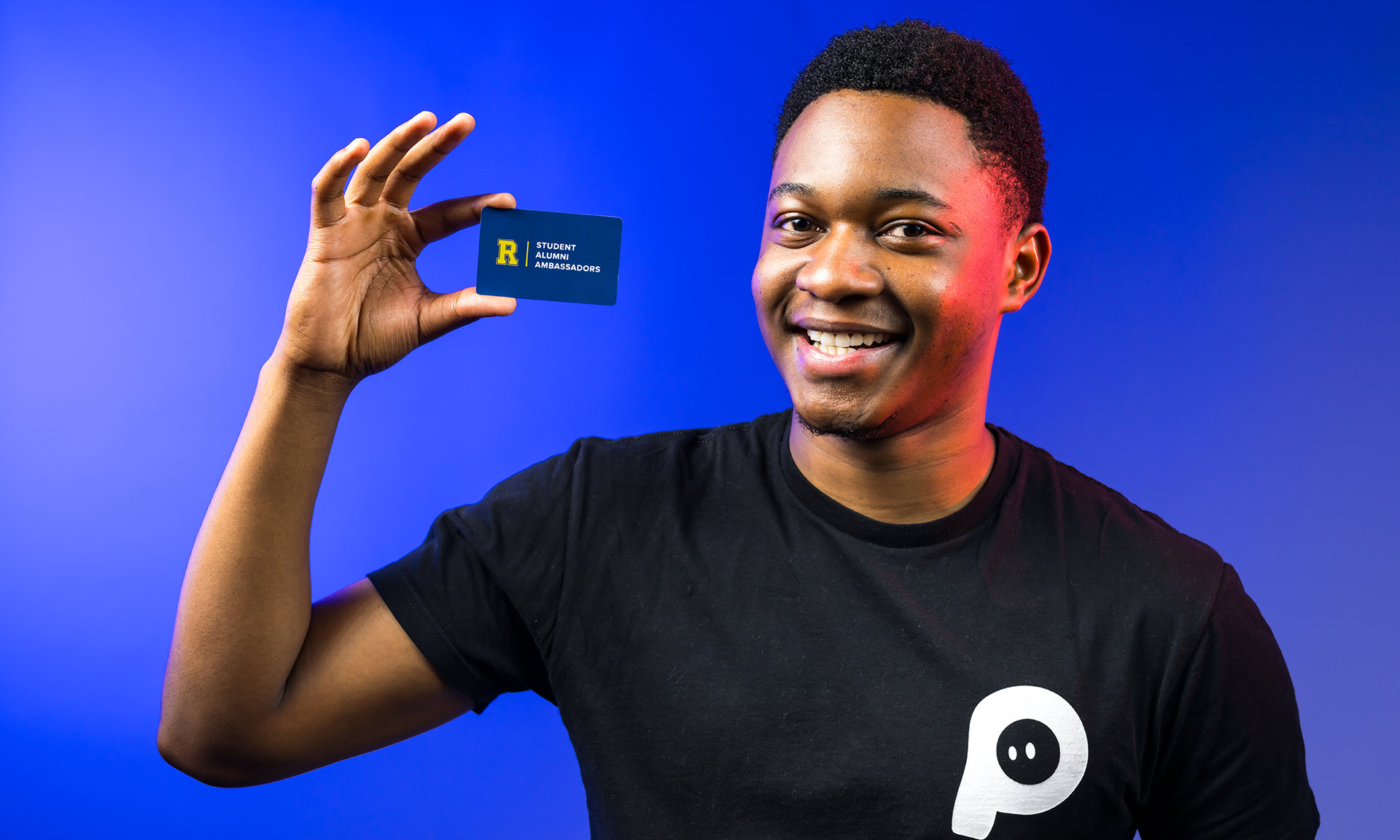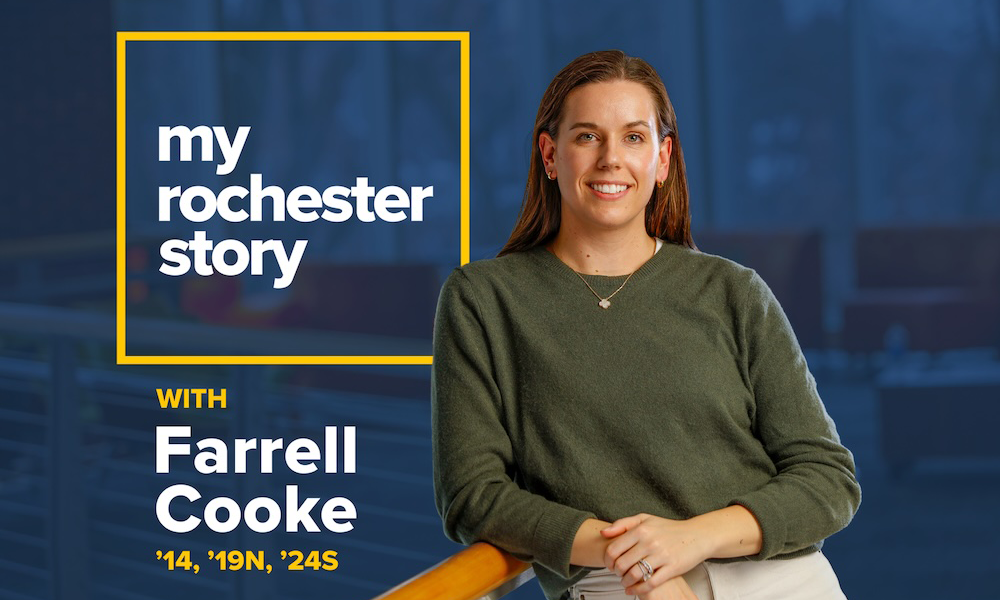In earning a spot on the US development team, Becker moves one step closer to his dream of the Paralympic Games.
When he was 15, Sam Becker ’25 was faced with a brutal choice: keep the metal prosthesis in his weakened right leg and endure more infections, or have the leg amputated below the knee.
His parents did plenty of research and talked to numerous doctors. “But in the end, it was Sam’s decision,” his mother, Karen Becker says. “The toughest decision of his life.”
Becker had been diagnosed five years earlier with osteosarcoma, a bone cancer prevalent among children and teens. The tumor and bone in his leg were removed, and doctors inserted a metal prosthesis. Becker learned to walk again and endured months of chemotherapy.
But bacterial infections twice forced doctors to replace the prosthesis, and each time Becker followed the same routine: wheelchair, crutches, cane, walking. The process took months, and he was in constant discomfort, with little mobility. Doctors believed it was a chronic condition that could reappear at any time.
It was sled hockey that ultimately convinced Becker to choose amputation.
Becker had begun playing the sport two years earlier. In sled hockey, players with mobility limitations sit in specially designed sleds atop two skate blades. Each player uses two sticks instead of the traditional one.
“I saw that amputees were more active than I was,” he says. “They were playing a sport they loved and having fun. Having my leg amputated below the knee was the hardest decision of my life, but I had found something that would keep me active. Sled hockey gave me back my competitive spirit.”
Five years later, Becker is an optics major at the University of Rochester, a player on the Buffalo Sabres sled hockey team, and a member of the US Men’s Development sled hockey squad, with his eyes set on the 2026 Paralympic Games in Italy. He’s pursuing two career paths—academics and athletics. And he’s more active, and happier, than ever.
A cancer diagnosis at 10
Becker grew up in Olney, Maryland, the middle child to Aaron and Karen Becker. He loved playing sports growing, especially soccer. “I played it seven days a week nonstop,” he says.
In 2012, at age 10, he began experiencing pain in his right leg. “I didn’t give it much thought,” he says. “Then, one day at recess, I jumped for a soccer ball and landed on my leg—and it completely collapsed.”
Doctors suspected it was a torn anterior cruciate ligament and sent him for an MRI. A tumor was discovered in his right femur, and Becker was diagnosed with osteosarcoma. According to cancer.net, about 1,000 cases are diagnosed yearly in the United States, and roughly half of those are children and teens.
His first question after being diagnosed was, “Can I still play soccer?”
Becker began an eight-month course of chemotherapy treatments. Halfway through, limb-sparing surgery was performed to remove the tumor and bone from Becker’s leg and replace it with a metal prosthetic femur—one that would need to be extended numerous times as he grew taller so his legs would match. He also had multiple biopsies and work performed on his left leg to make sure both legs were balanced.
“Since his initial diagnosis, Sam has endured more than 20 surgeries on his leg,” Karen Becker says.
The good news was that the cancer disappeared after his chemo treatments stopped—and has not returned. “I’ve been very fortunate,” he says, “because osteosarcoma is known for returning even worse.”
The bad news was that Becker developed a bacterial infection in his leg a year after the surgery, and then a few years after that. “The prosthesis is held in place by cement and screws, but the infection weakens the material,” Becker explains. “You have to replace the prosthesis every time it’s infected. Then, I’m put on antibiotics, and I can’t use the leg at all. It’s a two-month process to replace it.”
After the second infection, and after much thought, Becker agreed to a surgery called rotationplasty, in which the bottom of the femur, knee, and upper tibia are surgically removed. The lower leg is then rotated 180 degrees and attached to the femur, and a prosthesis serves as his lower leg. “So my ankle is basically my knee,” Becker says. “It’s a medical marvel.”
Catching sled hockey fever
Before his illness, hockey was something Becker avidly watched but never played. “My family is big fans of the Washington Capitals (of the National Hockey League),” says Becker, the middle of three children to Karen and Aaron Becker. “We went to a lot of games.”
Soon after Becker’s cancer diagnosis, he had a chance to see—and meet— his favorite hockey team when Make A Wish gave Becker and his family tickets to a Washington Capitals game. Becker was able to chat with players, attend practice, visit the locker room, and even speak on the television broadcast. He was so popular with the team that he earned a return visit, which the Washington Capitals captured on video.
“That was pretty awesome,” he says.
At roughly the same time, his mother went online to search for sports Sam could play and discovered sled hockey. It was invented in the 1960s by two Swedish men who, despite physical disabilities, wanted to continue playing hockey. It’s a full-contact, fast-paced sport, and many of the rules mirror standup hockey: same size rink, same penalties, and five-on-five with a goalie for each team.
Becker has grown to love it.
“I was always an athlete and was eager to stay active,” he says. “Sled hockey gave me that.”
He played for the DC Sled Sharks youth team, then moved on to the Philadelphia Hammerheads junior team, playing in cities such as Pittsburgh and London, Ontario, Canada. Since arriving in Rochester, he has joined the Buffalo Sabres of the Ontario Sled Hockey League.
Becker believes sled hockey is more physical than standup hockey. “In sled hockey, players are less agile and can’t move as quickly,” he says. “Since you’re only on two blades that are very close to each other instead of two blades that can be spread out, it’s much harder to dodge around. There’s a lot of contact, and it be a pretty brutal sport at times.”
A year before his rotationplasty, Becker was one of 40 players invited to the USA sled hockey development camp. “You play hockey all week, which is awesome, and you’re coached by a member of the US Paralympic team,” he says. “At the end of camp, there are tryouts for the development team.”
Becker’s rotationplasty occurred late in his sophomore year of high school. He learned to walk again over the summer, then resumed sled hockey. This time, he made it his mission to master the sport. In fact, it was a huge factor when deciding which college to attend.
Elite sports, elite academics
“I wanted a school close enough to a high-level sled hockey team,” he says. “I considered colleges in Buffalo, Chicago, Nashville, and New Hampshire.”
But he also wanted to study physics and astronomy, an area of strength at Rochester. That, Rochester’s proximity to Buffalo, and the beauty of the campus, drew him in. “I came to the River Campus for a tour and immediately thought ‘wow, this is a really nice campus,’” he says. “I really wanted to come here.”

After spending some time at Rochester, Becker pivoted slightly, deciding to major in optics. Rochester was the first higher education institution in the United States to develop an academic program in the field, and nearly a century later, its Institute of Optics awards roughly half of all optics degrees in the nation. “Optics is huge here, and I heard a lot about it from my friends and the department,” Becker says. “I decided to give it a try, and I am really enjoying it.”
He has found ways to explore other types of engineering, too—and relate them back to sled hockey.
Last fall, Becker asked Jim Alkins, a senior laboratory engineer and manager of the University’s Fabrication Studio in Rettner Hall, to help him create new hockey sticks. “In sled hockey, your equipment is very important,” Becker says. “Your sleds are custom made for your body because some people are amputees, and others are double amputees. The other main component is your sticks. Everyone has a different length and style. And for the longest time, I was using sticks that were too short.”
He ordered new sticks last summer, but they arrived at the maximum length of 85 centimeters. Alkins helped cut the sticks and drill holes to insert the picks that are used to propel you down the ice.
The sticks were the lucky charm. Last November, Becker was added to the US development team, a group of players training to potentially earn a spot on the national Paralympic squad. “I was super excited,” he says.
Becker’s two hockey teams keep him busy.
The Sabres play tournaments and home-and-road games against Canadian teams. Becker packs up his 2016 Subaru Outback and drives to games and weekend practices in Buffalo. His commitment to the US development team is more indirect, with the squad meeting every few months. Next up is a series of games against the Canadian development team in April.
Becker goes to the gym five days a week for one-hour workouts and skates three times a week. “The only reason I don’t train on Sunday is because I go climbing with a friend, and that’s a workout in itself,” he says.
In mid-April, he will travel to St. Louis for USA Hockey’s Disabled Hockey Festival, which brings together the disciplines of blind hockey, deaf/hard of hearing hockey, sled hockey, special hockey (for athletes with a developmental disability or cognitive disorder), standing/amputee hockey, and warrior hockey (for injured and disabled US military veterans).
Becker says time management is the key to keeping up with his arduous academic schedule during hockey season. “Papers are due in April, so I start far ahead of time,” he says. “I worked on my optics project over spring break. I’ll also spend time during the tournaments to study.”
He feels “incredibly fortunate” to have support from Dustin Newman, the Institute of Optics undergraduate coordinator, and Nick Valentino, assistant director of undergraduate programs at the Hajim School of Engineering & Applied Sciences. “Professors are also very accommodating when I have exam conflicts,” he says. “My camp this month will conflict with one exam and the April camp with two, but my professors were kind enough to let me take them when I get back.”
US development teammate Daniel Malloy has been playing sled hockey with Becker since their days with the DC Sled Sharks. He says Becker’s work ethic is inspiring.
“Sam got comfortable with sled hockey very quickly,” Malloy says. “He’s a great hockey player, and an even better person. He’s one of the hardest workers I know, and it’s that determination to be better that sets him apart from everyone.”
The US didn’t form a sled hockey team until 1990 but has dominated international competition, winning gold medals at the past four Winter Paralympics—which follow the traditional Olympic Games in the same host city. Next up are the 2026 Paralympic Games in Italy.
“My dream is to be there,” Becker says.
Read more
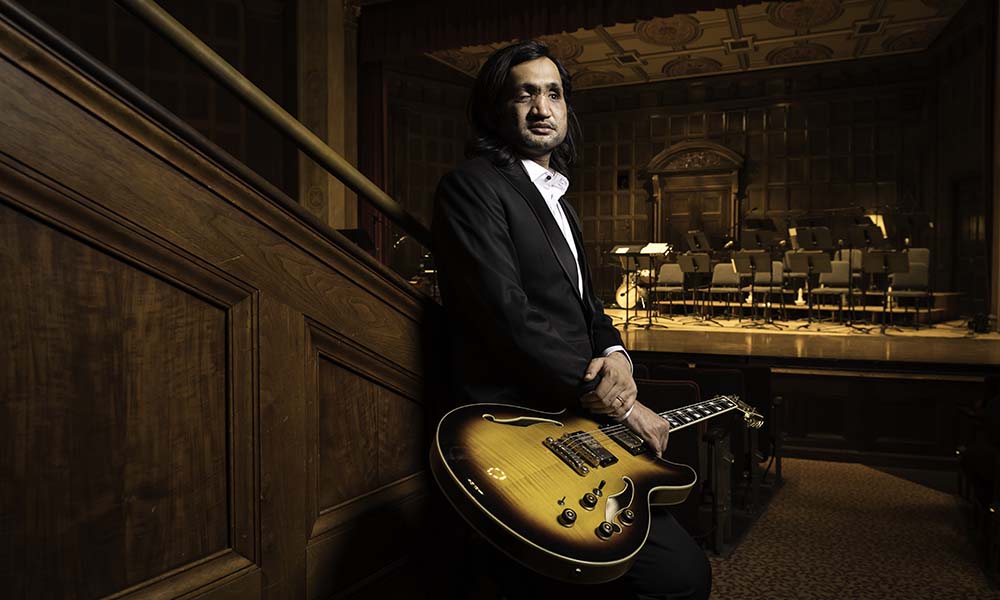 Blinded in an accident, guitar student finds community at Eastman
Blinded in an accident, guitar student finds community at Eastman
A jazz guitar student, left blind in an accident, finds support and community at the Eastman School of Music.
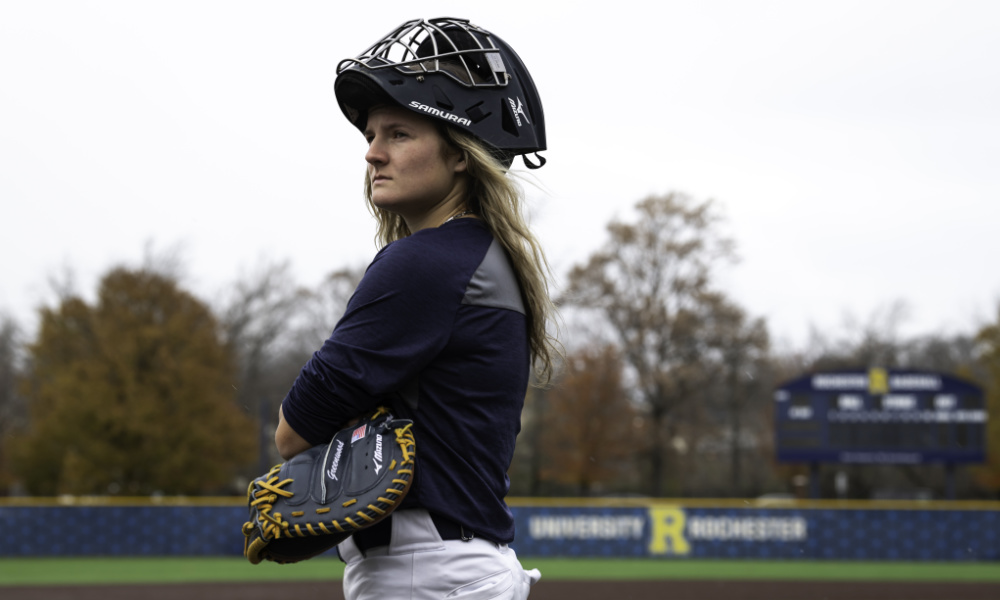 Beth Greenwood in a league of her own
Beth Greenwood in a league of her own
The mechanical engineering major has broken barriers in Yellowjackets baseball and in the NCAA.
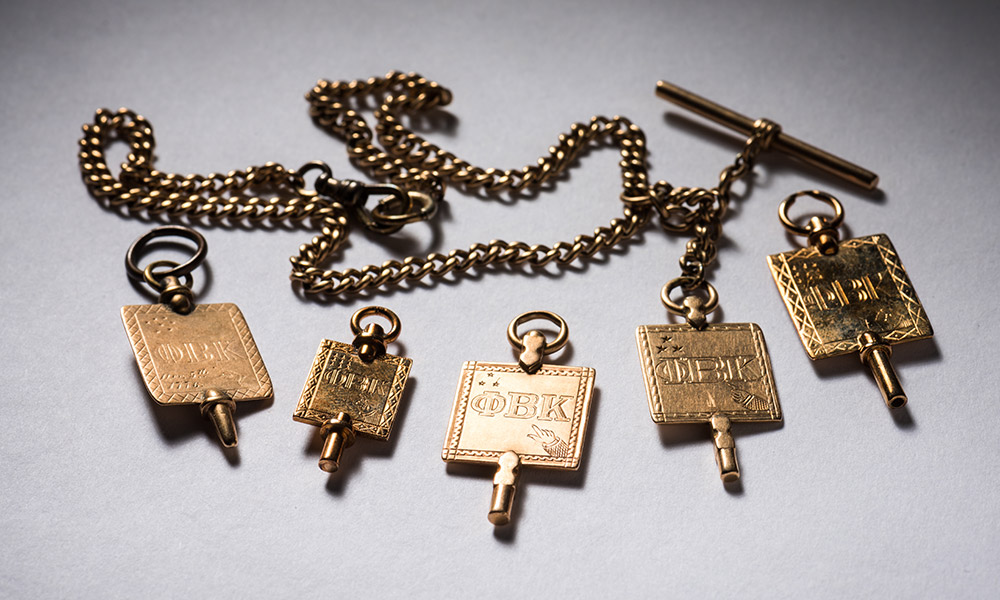 17 scholar-athletes elected to Phi Beta Kappa
17 scholar-athletes elected to Phi Beta Kappa
The scholar-athletes elected to the prestigious academic honor society span nine teams.

